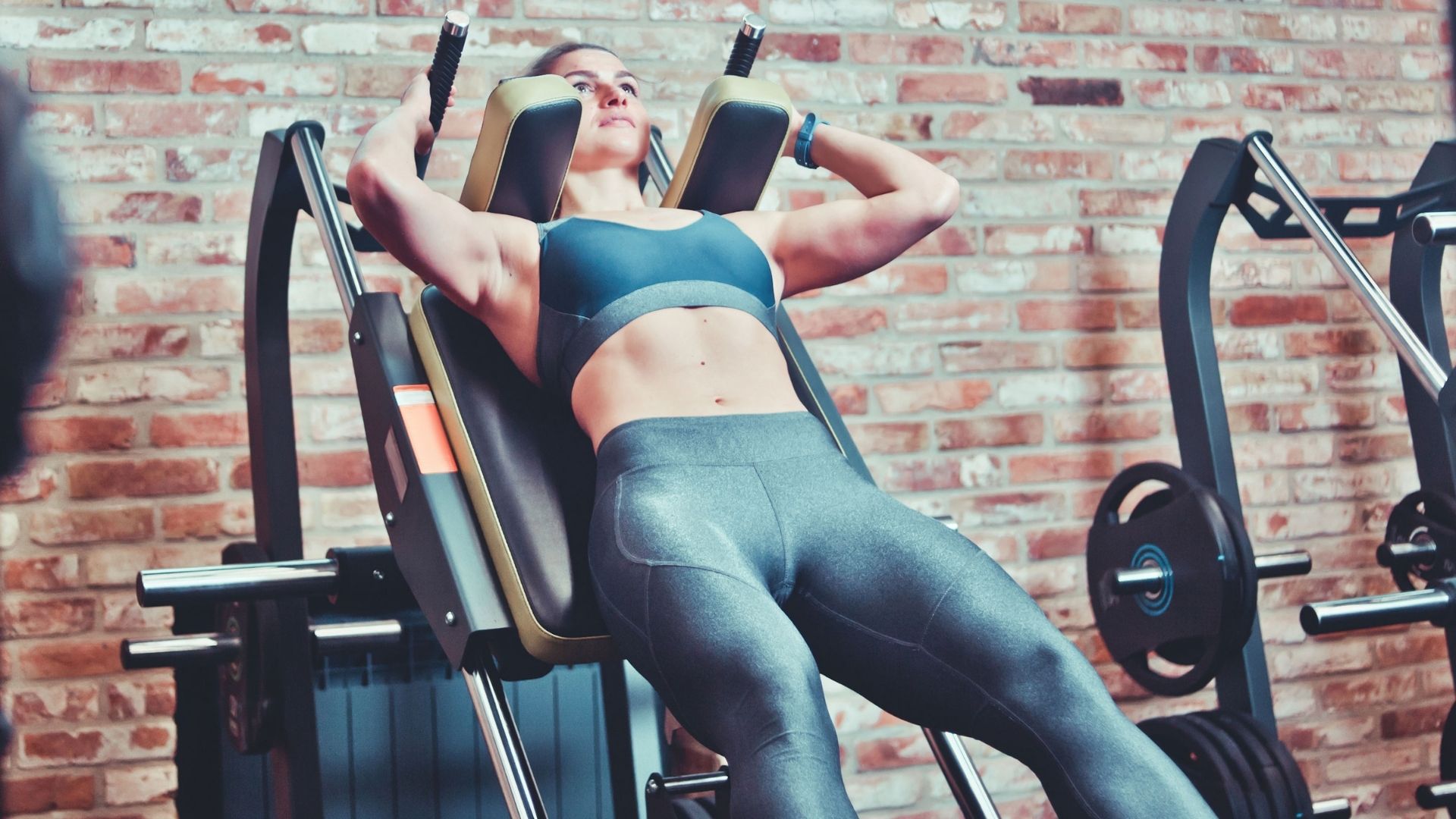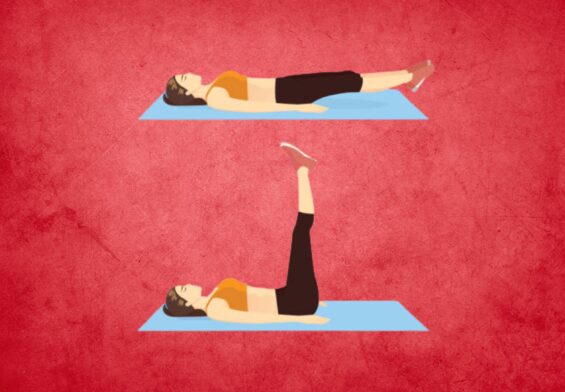
Squatting with Plates Under Heels: The Must-Try Variation!
While it is not a popular practice, squatting with plates under heels is still a method used to help many people learn and improve their squatting technique.
Should you squatting with plates under heels?
Elevating your heels with plates changes your center of balance and allows you to squat deeper with less versatility.
Squatting with plates under your heels is also a good choice for beginners, taller lifters, and others who want to highlight their quads during squats.
Although putting plates under your heels will help you get more out of your squat, it may not be the best long-term solution for your issues.
In this post, we’ll go through the advantages of elevating your heels as well as some of the disadvantages.
I’ll also give you step-by-step guidance on how to do it correctly, as well as alternate options if you can’t squat well without elevating your feet.
Why Do Lifters Squatting With Plates Under Heels? (6 Benefits)
If you’re having trouble getting into a squatted position with flat feet due to mobility problems, the most common explanation for squatting with plates under heels is that you’re having trouble getting into a squatted position with flat feet.
Elevating your heels with plates improves stability by reducing the strain on your ankle and hip joints.
However, it’s possible that this isn’t the only explanation why someone’s squat mechanics improve after putting plates under their heels.
As a consequence, there might still be advantages to elevating your heels with plates, such as:
# 1 Deeper Squats

Your centre of balance changes back as you lift your feet, allowing your hips to sink further into the squat, which could be helpful if you have trouble reaching depth.
It also limits how much you have to bend your ankle to get into a complete squat.
Additionally, lifters who can reach depth but don’t feel as comfortable in the bottom position, particularly if they are taller or have a narrower stance, can benefit from some elevation.
This is a significant concern for powerlifters since lifting too deep will result in a lift being disqualified.
# 2 Build Strength In The “Hole”

If you have trouble reaching depth on squats, you won’t be able to focus on building power in the bottom position until you figure out a way to get lower.
As a result, if inserting plates under your heels helps you reach depth, you’ll be able to improve this spot in the long run and become a better squatter.
It’s also a perfect way for beginners to get a feel for how reaching depth affects the muscles involved.
# 3 More Upright Torso

When you squatting with plates under heels, you will find that your body will be much more upright than when you squat with flat feet.
While no one’s torso is completely upright, taller lifters or lifters with long legs in relation to their torsos can find that they have to lean forward more than others, implying that this elevation will relieve some of the unnecessary stress on their back.
Tall lifters will benefit the most from this benefit, but those working on front squats and narrow stance squats will benefit as well.
# 4 Less Back Compression
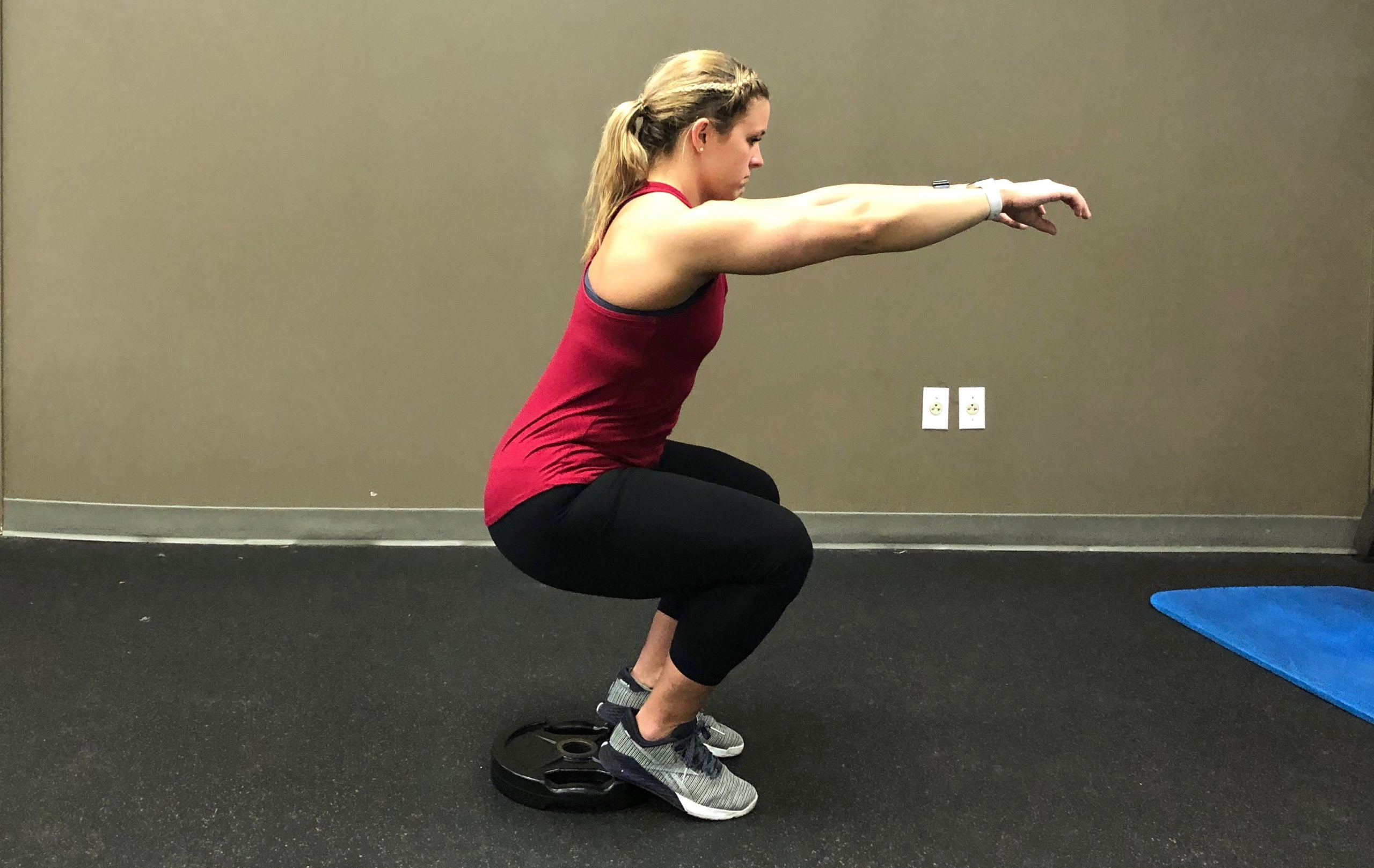
Squatting with plates under your heels can allow you to get into a deeper squat with a more upright torso, resulting in lower back compressive forces.
While your back is still involved in the squat movement regardless of where your feet are put, lifters who lean forward in the squat or have lower back pain can find that elevating their heels helps relieve the demands on their back.
# 5 More Quad Focused

As opposed to squats with flat feet, squatting with plates under heels will improve the involvement of your quads in the squat.
This may be beneficial for those who have trouble engaging their legs as well as those who want to focus on strengthening their leg muscles.
This is something to think about if you’re doing front squats or high bar back squats, which put more pressure on the quads.
# 6 Less Knee Caving
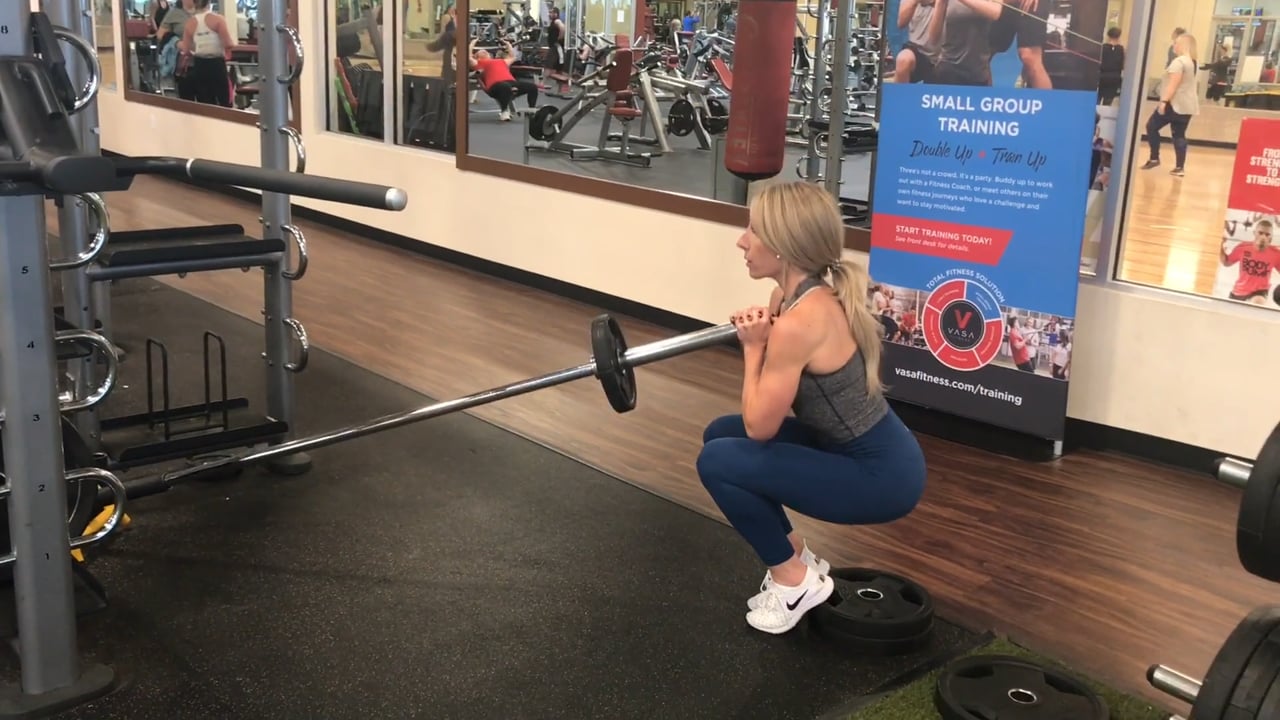
Knee valgus, or knee caving in, can occur for a number of reasons, one of which is having a joint restriction in your ankles.
By using weight plates to elevate your heel, you can reduce the amount of mobility your ankle needs, potentially eliminating the degree to which your knees cave in during squats.
Cons To Squatting With Plates Under Your Heels?
Could Be Designated A “Tool” For Attempts To Control
Many fitness professionals regard the requirement to raise your heels in order to squat as a crutch or a way of “cheating” out of developing the mobility required to perform a complete squat.
Although this statement holds some truth in that there are ways to boost your ankle and hip mobility as well as your squat depth, this is not true for all.
For others, the extra work needed to achieve a complete squat will prevent them from squatting well for much too long.
As a result, making a small change to boost your type while also making your life simpler should not always be perceived negatively.
Competitive Powerlifters Can’t Do This
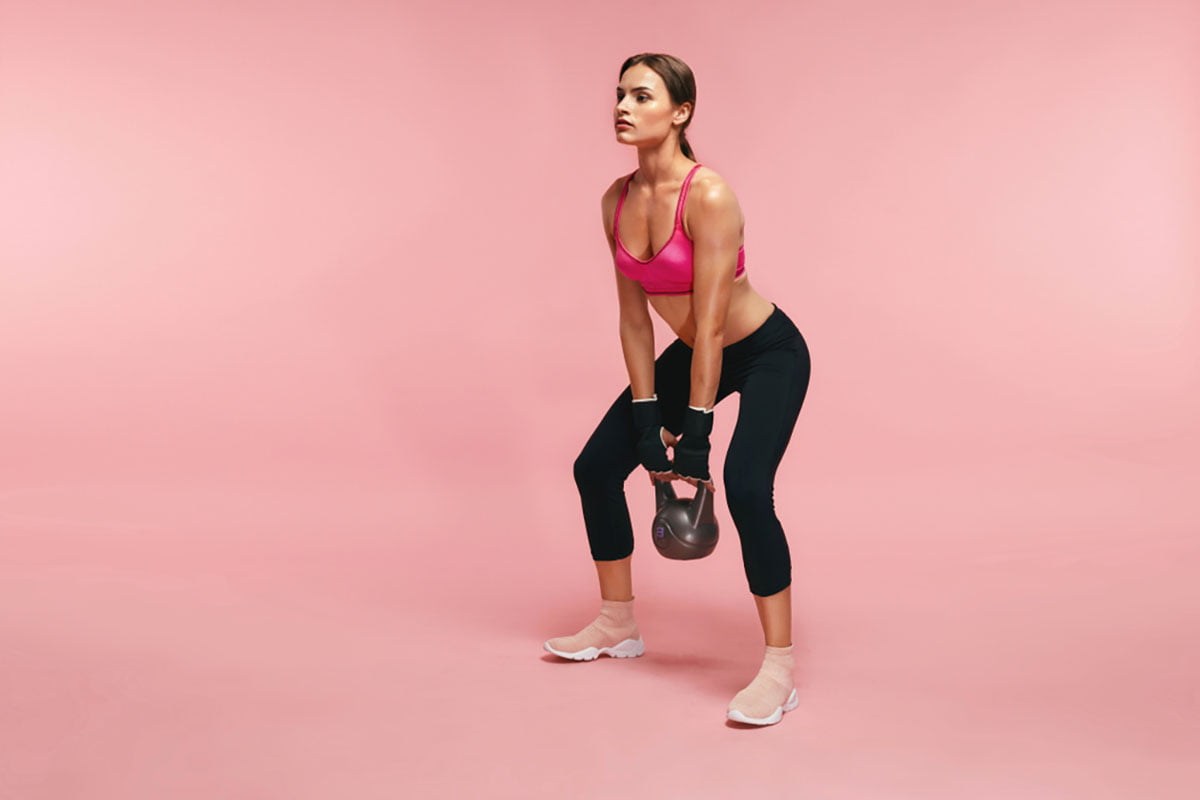
In a gym, squatting with plates under heels is reasonably straightforward to put up, but it is not authorized in powerlifting contests.
As a result, though using the plates can be beneficial, you should keep in mind that this is not a long-term solution for you and your objectives.
May Cause A Lack Of Balance Or Slipping
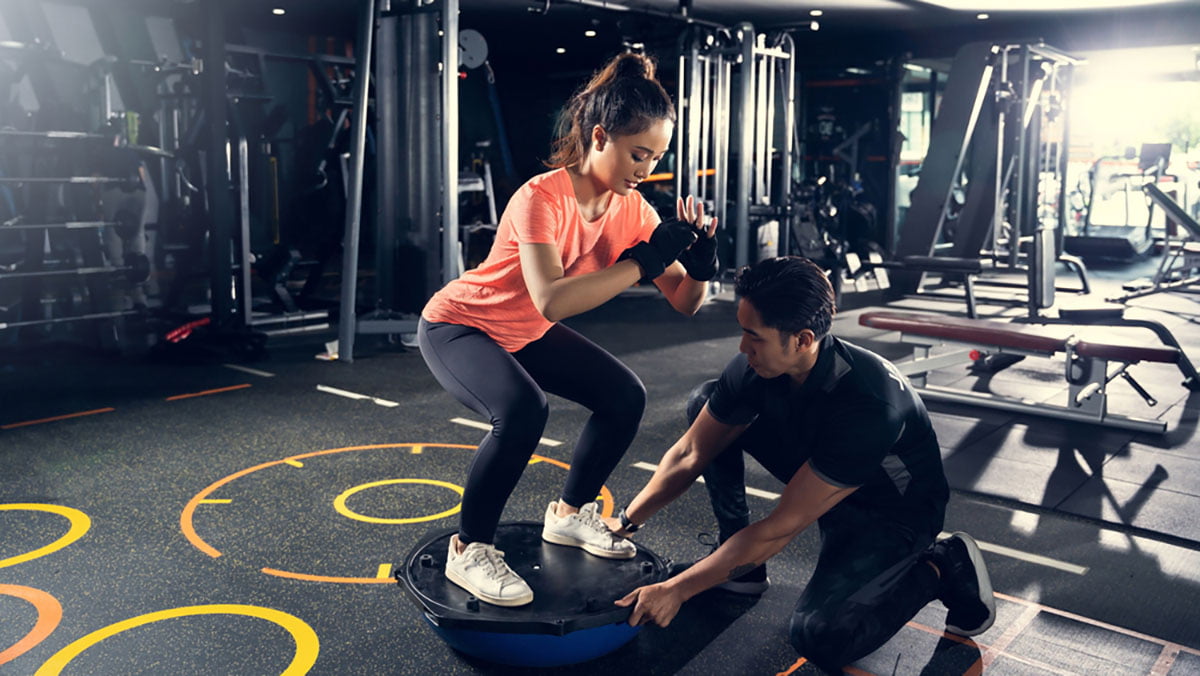
One big disadvantage is that your feet are not very secure on the plates, and even a small step to the side or back will throw you off balance. In addition, if you’re doing the movement in socks, you might find some sliding.
As you gain strength and raise the weight on the barbell, this problem will only worsen and pose greater risks to you.
Makes The Squat Exercise More Difficult
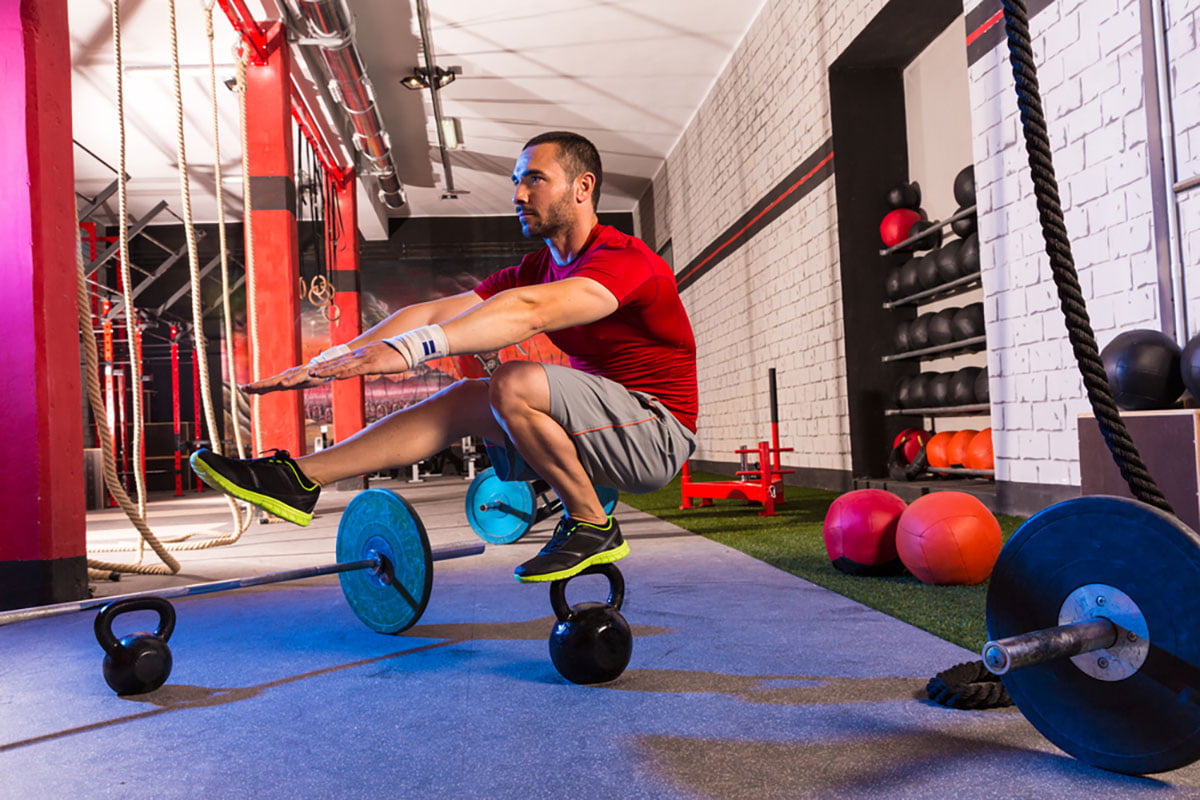
If you want to do barbell squat variations with the plates under your heels, you’ll need to do a squat exercise and make sure your heels are properly set on the plates within 2-3 measures.
The squat exercise is a focus-intensive movement in and of itself, and adding this extra layer can make it more difficult and less seamless.
For example, if you walk back to where your plates are placed but remember you need to take a corrective action, you would be restricted in that moment because moving the plates under your heels will entail shifting the plates.
How To Squat With Plate Under Your Heels
If you’re about to try squatting with plates under heels, there are a few things to bear in mind before you get started. If you’re walking back from a barbell squat, I’d suggest doing some test sets with light weight to make sure you’re not positioning your feet wrong.
#1 Find Two 5lbs or 10lbs Plates
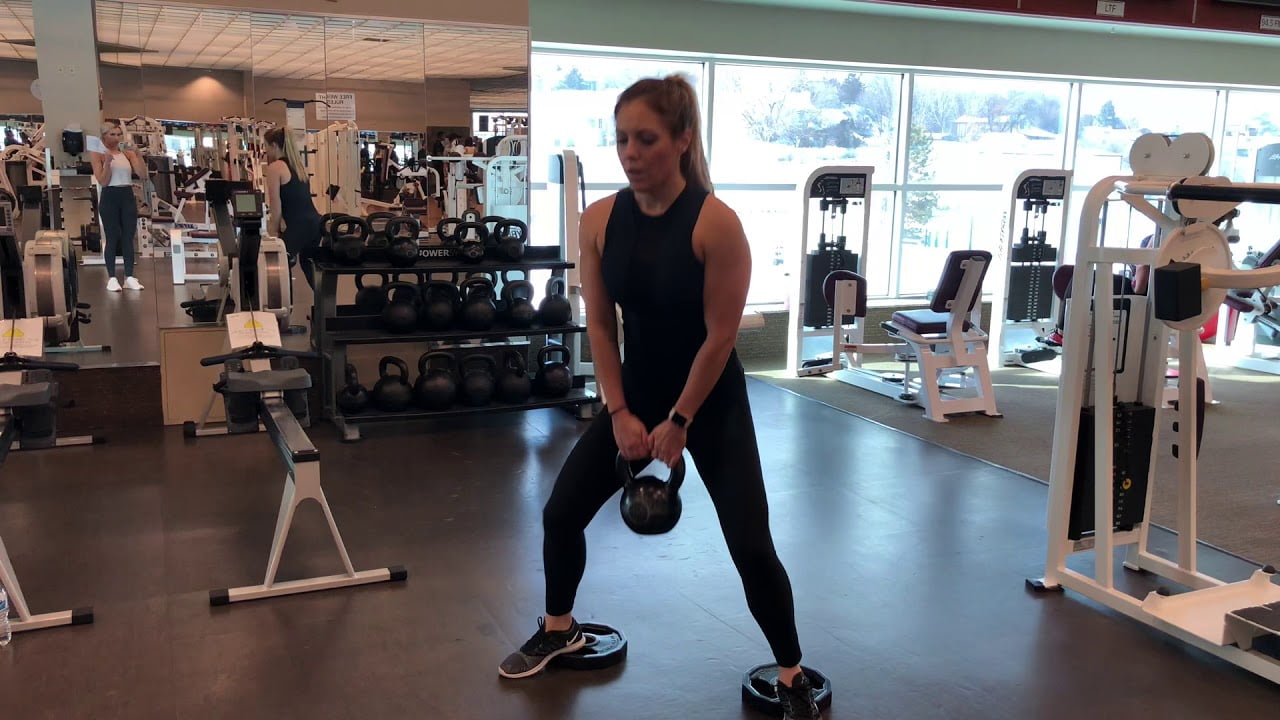
Since the thicker the plate, the higher your heels will be raised, you should start with the smallest plates in your gym.
Although elevation can be advantageous, too much can cause you to pitch forward or place too much tension on your knees, negatively impacting your squat.
Tip: Double-check that the two plates you chose are similar, as some brands of plates will differ slightly in thickness even though the weight is the same.
#2 Place The Plates In The Spot Where You Will Be Squatting

Place the plates where your feet will land after your squat exercise if you’re squatting in a squat rack.
Both the distance from the rack and the width of your squat stance should be considered.
This could be difficult to pinpoint, which is why you should try it out a few times.
#3 Place Your Heels On The Plates
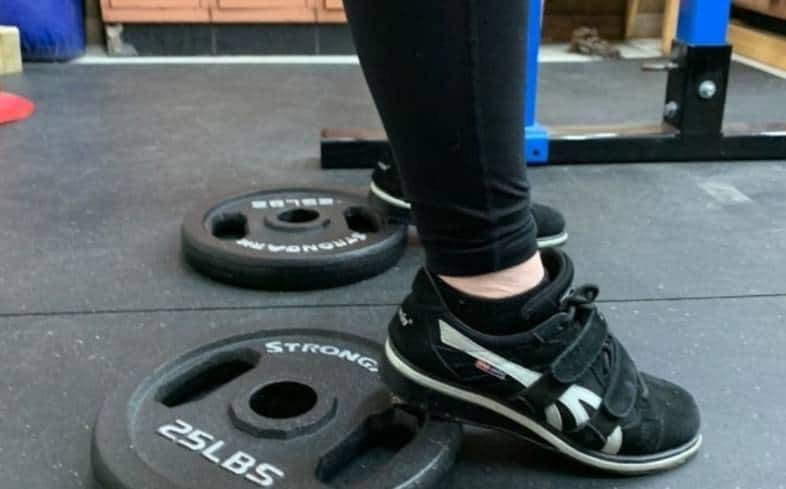
When putting your feet on the plates, make sure to just put your heels on, not the entire bottom half of your foot.
Make sure your toes and the balls of your feet are firmly rooted on the ground.
Improve Your Mobility

The ankles and hips are the main mobility requirements for a squat, but mechanical joint constraints or excessively tight muscles and tissues around the joints can make this difficult.
In any case, there are a variety of drills and exercises that will help you develop your mobility and achieve depth if that is what is causing you to elevate your heels.
Be mindful that long-term mobility improvement can take time, so in the meantime, it’s best to combine the proper drills with squats in a heeled shoe to retain and practice good squat form.
Final Thoughts
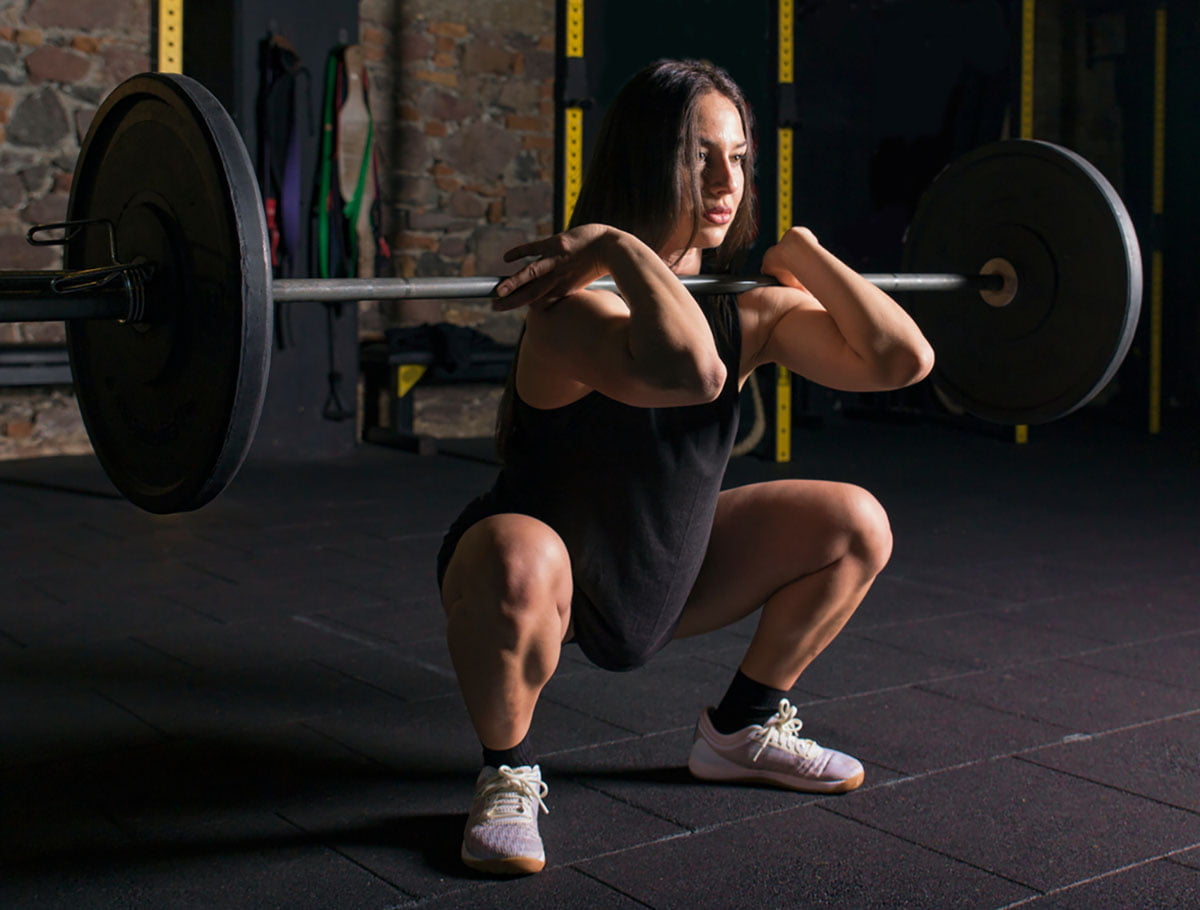
While some trainers and lifters will ignore squatting with plates under your heels, it is not necessarily unsafe and has a place in the lives of many people.
It may be used as a diagnostic method to analyze whether you have mobility concerns, a body type that advantages from raised heels, or if you just want to add diversity to your squatting exercise and focus more on your quadriceps.
However, aspiring powerlifters and others who expect to lift heavy and difficult loads in the long run should seek more long-term options such as buying lifting shoes or devoting time to enhancing mobility.



